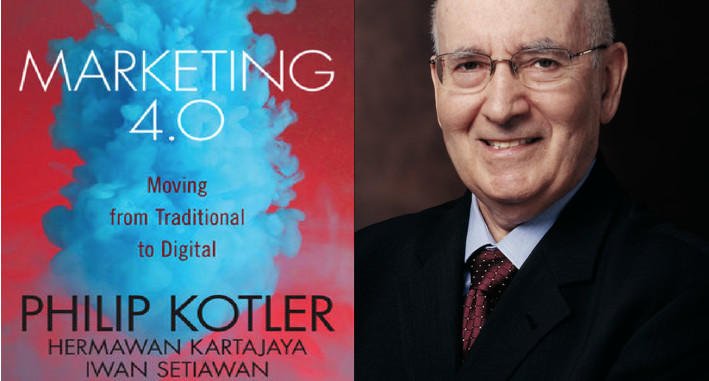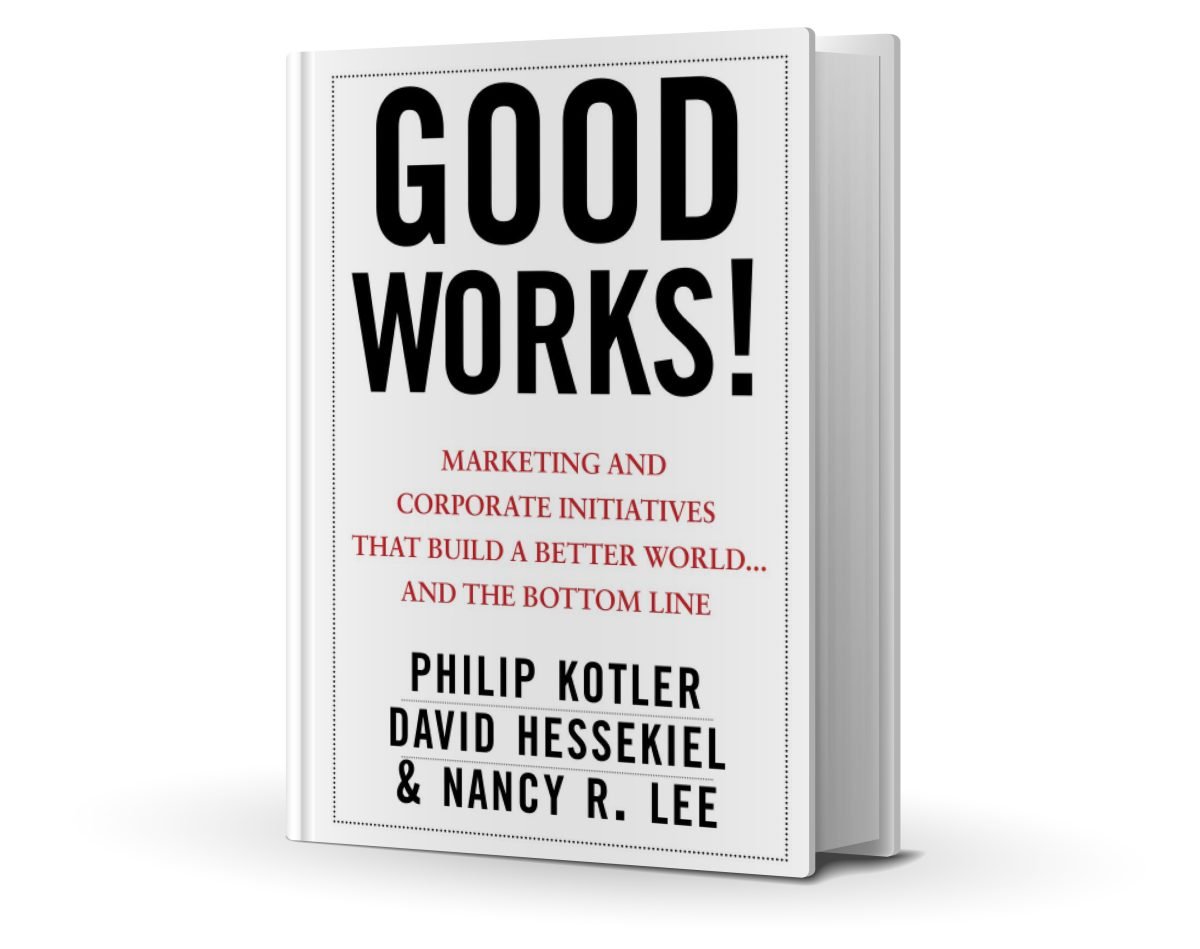In Marketing 4.0: Moving from Traditional to Digital, Philip Kotler explores the transformative journey of marketing, from a product-centered (1.0) focus to a customer-centered (2.0) and human-centric (3.0) approach, culminating in a digitally interconnected era. As Kotler explains, this latest shift, Marketing 4.0, requires marketers to view customers as whole human beings with minds, hearts, and spirits, reflecting the transition to a human-centered approach. At its core, Marketing 4.0 emphasizes guiding customers from initial awareness of a brand to eventual advocacy, where they become champions of the brand within their own communities.
Peer Influence: The “F-Factor”
In today’s digital world, trust has shifted horizontally, with social circles (friends, families, fans, and followers) becoming the most influential factor in brand perception. As Kotler points out, “random conversations about brands are now more credible than targeted advertising campaigns.” Consumers protect themselves from exaggerated claims by relying on the authentic opinions of those within their networks. Social media plays a critical role in building these circles, offering people a sense of belonging within their communities. This “f-factor” demonstrates how brands must rely on genuine social engagement rather than traditional advertising alone.
The Evolution of Trust and Connectivity
Kotler highlights how the concept of customer trust has evolved. Once, customers trusted authority and marketing campaigns vertically; today, they trust their social circles more than official marketing messages. This horizontal trust forces brands to maintain transparency, as it is virtually impossible to hide flaws in a digital world where customer complaints can go viral instantly. The “connectivity” Kotler describes is thus a powerful game-changer, pushing brands to collaborate with external entities and even customers themselves, creating a culture of participation and co-creation.
From AIDA to the Five A’s: Guiding the Customer Journey
In this interconnected landscape, Kotler presents a refined customer journey model, moving from the classic AIDA model (Attention, Interest, Desire, Action) to the “Five A’s”: Aware, Appeal, Ask, Act, and Advocate. This journey recognizes that modern consumers not only seek information but also verify it through their peers before acting. Brands must focus on each stage, nurturing interest and ultimately driving advocacy. The ultimate goal is for customers to endorse brands willingly, creating an “army of customers turned advocates.”
The Influence of Advocacy and the Net Promoter Score
Kotler discusses how advocacy has replaced loyalty as the gold standard in marketing. According to Frederick Reichheld, customers can be categorized as “promoters,” “passives,” and “detractors.” This Net Promoter Score (NPS) measures the proportion of promoters relative to detractors. Interestingly, Kotler argues that some negative advocacy can fuel positive advocacy, creating dynamic conversations around the brand. For instance, McDonald’s and Starbucks both have polarized fan bases where detractors spur promoters to defend the brand, thus sustaining engagement.
A New Marketing Mix: From the Four P’s to the Four C’s
The traditional marketing mix (the four P’s: Product, Price, Place, and Promotion) has evolved to accommodate digital engagement and customer participation. In Marketing 4.0, Kotler redefines this mix as the four C’s: co-creation, currency, communal activation, and conversation. Co-creation invites customers into the brand experience, currency reflects the fluid nature of today’s market, communal activation acknowledges the power of social engagement, and conversation emphasizes authentic dialogue over one-way advertising.
Content Marketing and the Zero Moment of Truth (ZMOT)
A core element of Marketing 4.0 is content marketing, which Kotler divides into content ideation and distribution. Google’s concept of the “Zero Moment of Truth” (ZMOT) plays a crucial role here, where customers search for information or consult their social circles before their first direct interaction with a brand. Brands must leverage ZMOT by ensuring that when customers search for them or seek peer validation, they encounter high-quality, engaging content. This approach positions brands favorably in moments of curiosity and decision-making.
Human-Centric Brands: Embracing Six Key Attributes
To truly connect with customers, Kotler argues that brands must embody six human attributes: physicality, intellectuality, sociability, emotionality, personability, and morality. Brands that succeed in Marketing 4.0 are those that demonstrate intellectual curiosity, sociability by engaging with customers, emotional resonance, and a strong moral compass. Apple, for example, exemplifies physical appeal through sleek design, while brands with strong intellectuality consistently innovate to solve customer problems effectively. By developing a relatable, humanized brand image, companies foster long-term customer relationships rooted in trust and authenticity.
Gamification: Driving Engagement and Advocacy
Kotler also highlights gamification as a powerful way to build customer engagement and loyalty. Gamification taps into human desires for achievement and recognition, offering rewards that encourage ongoing interaction. Loyalty programs reward purchases and engagement, while community-driven gamification—such as reputation points on platforms like TripAdvisor—motivates customers to contribute valuable content. Beyond engagement, gamification provides rich data that helps brands tailor experiences and personalize interactions.
The Omnichannel Experience: Bridging Online and Offline
Marketing 4.0 advocates for an omnichannel approach, as consumers today are channel-agnostic, moving fluidly between online and offline spaces. Trends like “showrooming,” where customers explore products in-store but purchase online, and “webrooming,” where they research online and buy in-store, highlight the need for seamless transitions across platforms. Kotler urges brands to optimize these experiences using big data to understand customer behavior and provide targeted, real-time offers, thereby enhancing the total customer experience.
Content Marketing Best Practices: The Eight Steps
In content marketing, Kotler outlines a structured approach, starting with goal setting and audience mapping, followed by ideation, creation, distribution, amplification, evaluation, and continuous improvement. Content marketers are encouraged to craft stories that connect the brand with the audience’s needs, ensuring that every piece of content is relevant and distributed strategically. Owned, paid, and earned media all play a role in content amplification, with influencers serving as key players in reaching broader audiences.
Conclusion: Building a Digital-Human Connection
Marketing 4.0 emphasizes that the future of marketing lies at the intersection of digital engagement and human connection. Brands that thrive will be those that foster genuine connections through transparency, empathy, and engagement, embracing the power of peer influence, omnichannel experiences, and content marketing. Kotler’s insights serve as a comprehensive guide, helping marketers transition from traditional practices to a digital world that values authenticity, collaboration, and lasting relationships. By adopting these strategies, brands can inspire customer advocacy in an era where voices carry more weight than advertisements.







